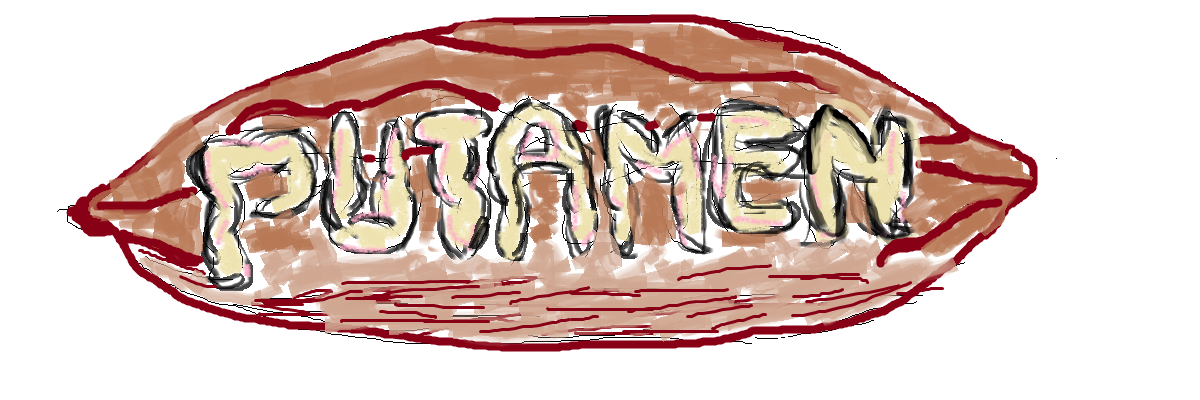Author’s note: To kick off the blog, I’m posting a feature I reported last summer under the auspices of my now alma mater. It’s about what I like to call sewage science. I tried to pitch it to some editors, but none of them bit (and no, I’m not at all bitter about it…). I didn’t want the efforts from my sources, and myself, to go to waste, so…here it is. It’ll come in several parts, this being the first.
When Devin Bowes first heard about the idea of using wastewater to study nutrition, she didn’t believe it was possible. She told Rolf Halden, who suggested the idea, as much. “I was like ‘you’re insane. I don’t know what you’re talking about.’” Bowes had arrived at Arizona State University planning to pursue a Masters in Nutritional Science. Then, in the summer of 2018, she met Halden, director of the ASU’s Biodesign Center for Environmental Health Engineering. Halden tried to persuade her of the untapped value of wastewater for understanding what people eat.
Wastewater has been in the news lately for another reason—as a tool for tracking the spread of SARS-CoV-2, the virus that causes COVID-19. From The Netherlands to the Yosemite Valley, researchers have been analyzing sewage for copies of viral genetic material, estimating the total number of COVID-19 cases in real time. Often, these methods detect cases missed by traditional nasal swab testing, including asymptomatic disease.
Sewage surveillance can also identify surges of infection. That is what happened late in the spring of 2020 in Tempe, AZ, where the ASU Biodesign Institute had been collaborating with the city to test its sewage. The results, reported in an online dashboard, showed the number of COVID-19 gene copies per liter of wastewater—a proxy for the viral load. After Arizona’s stay-at-home order was lifted in mid-May after months of lockdown, Bowes could see the numbers start creeping up, signaling the surge of infections, hospitalizations, and deaths to come.
COVID-19 testing in sewage is relatively new—but it demonstrates the potential for the burgeoning field known as wastewater-based epidemiology (WBE) to transform the way we understand community health. In addition to diseases like COVID-19, scientists have used sewage to study everything from the consumption of illicit drugs to exposure to environmental contaminants. Researchers like Bowes now intend to mine even more insights from wastewater—tapping it to research population-wide nutrition and markers produced by our own bodies that indicate health, illness, and stress.
“The concept on the surface is very simple,” said Christian Daughton, a former Environmental Protection Agency (EPA) scientist and WBE pioneer. You just take sewage and see what is in it. “But when you start talking about it, and thinking about it, it gets more and more complicated.” If researchers can figure it out, though, the long-ignored treasure trove of information that is in our waste can be unlocked – to the benefit of our health.


2 thoughts on “The Secrets in Our Sewage – Part I”